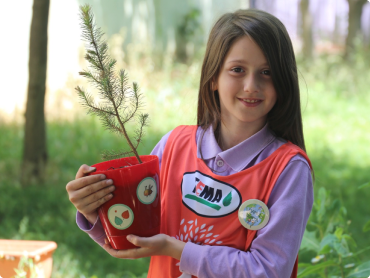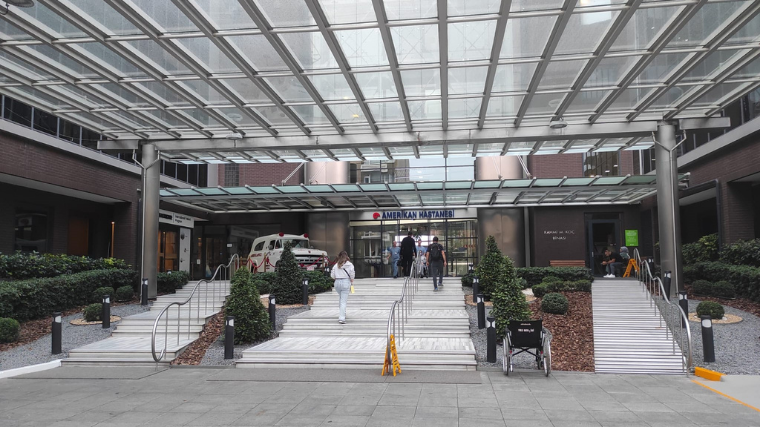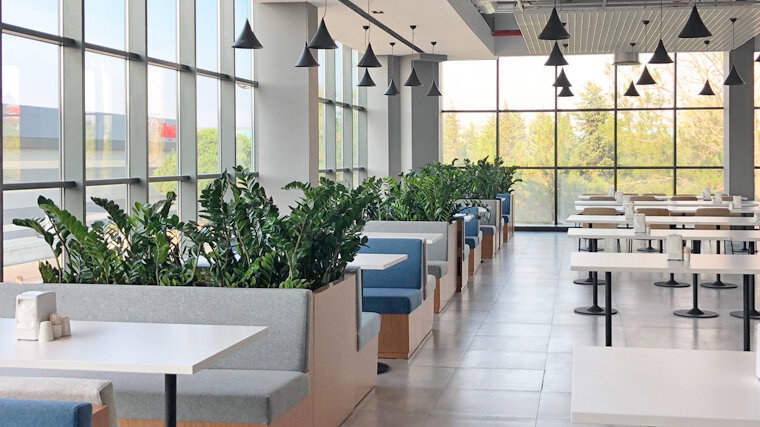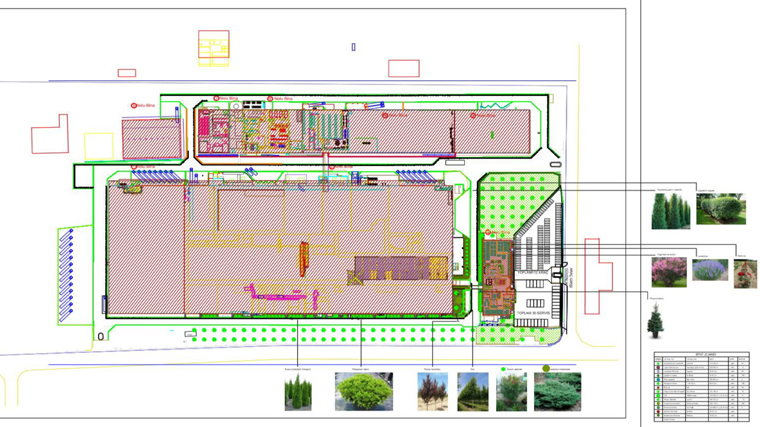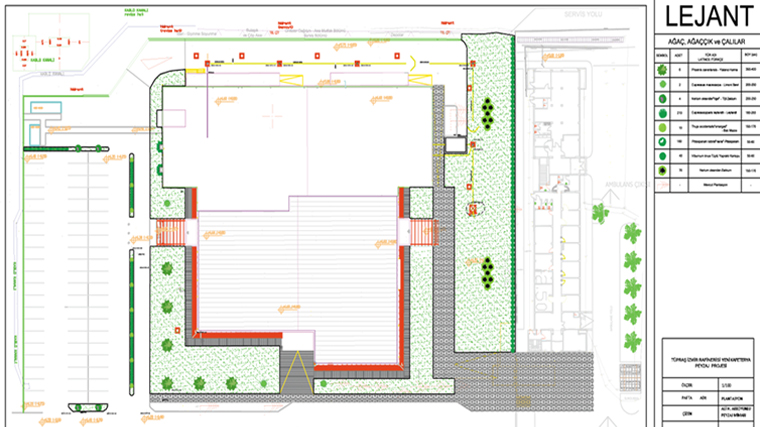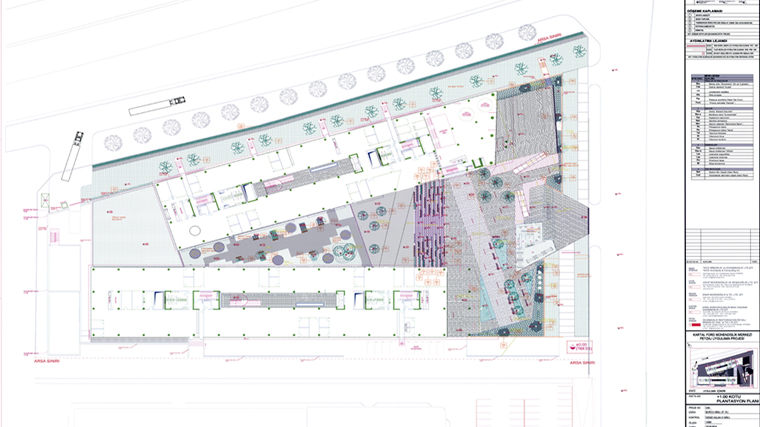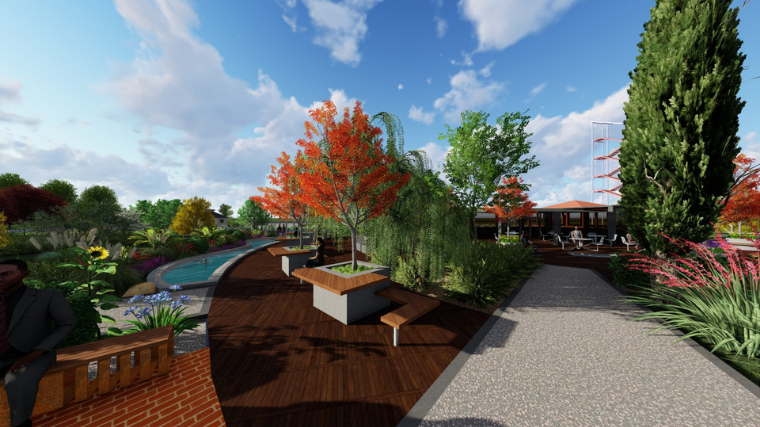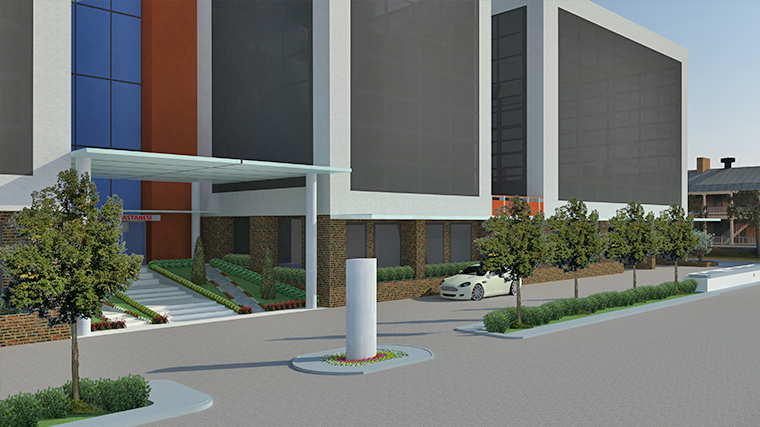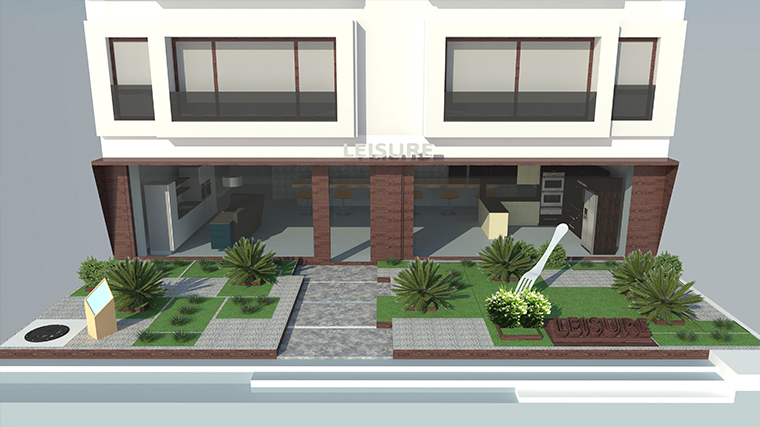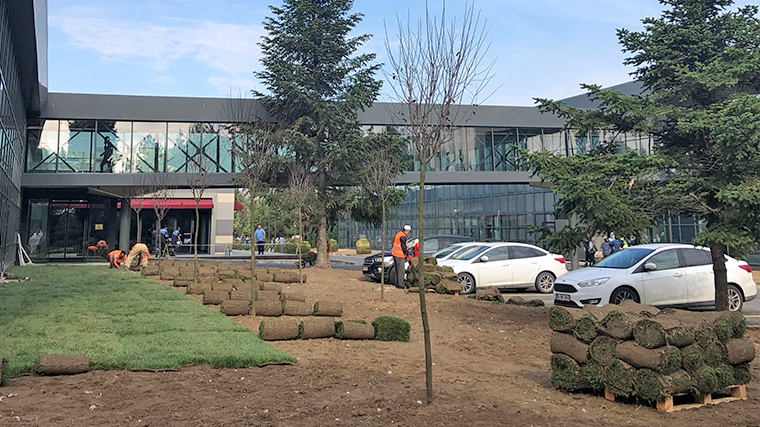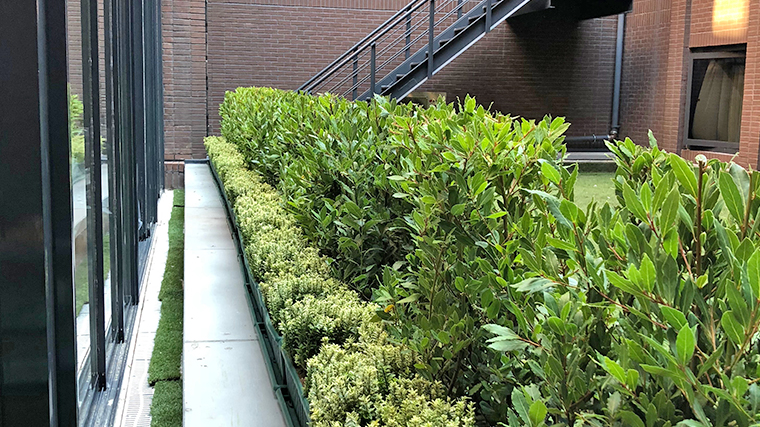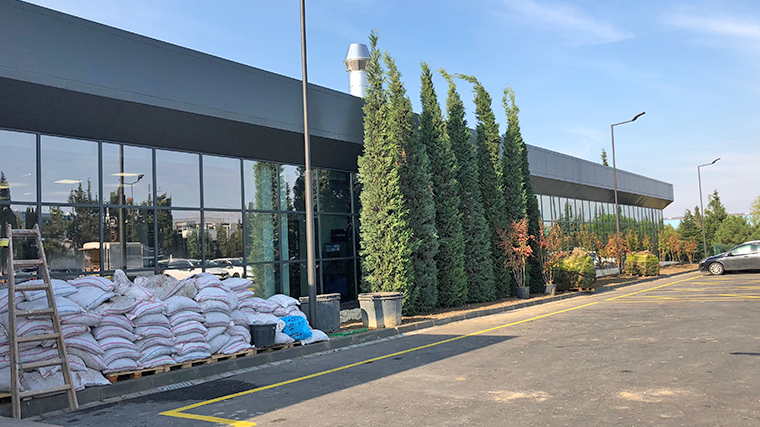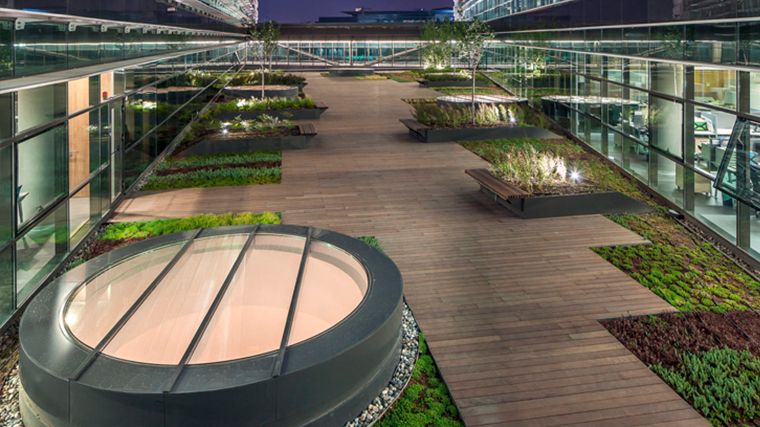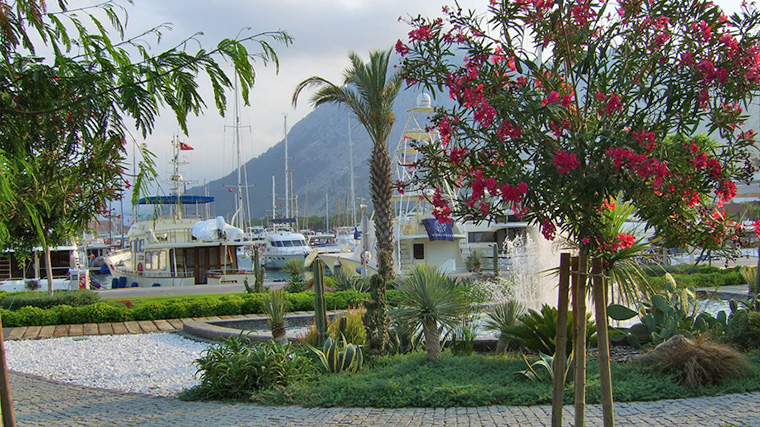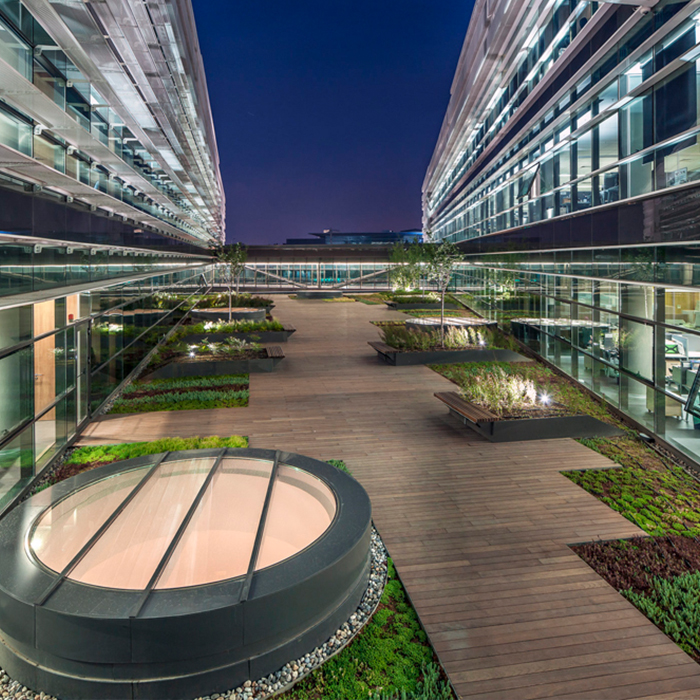Mass Housing Areas, Housing Complexes, Factories, Hotels, Business Centers, Schools, Parks, Squares, Road Afforestation, Archaeological - Historical Settlements, Tourism Areas, Conservation Areas etc. We continue to work in all areas.
Cleaning
Dust accumulated on indoor plants both spoils the appearance of the plant and makes it difficult for the plant to breathe by clogging the pores. Leaves of plants with large and hard leaves should be wiped with a sponge or cloth moistened with warm water or by spraying water. To avoid stains on the leaves, the leaves should not be sprayed with water under the sun, this should be done in the shade. If leaf polish is to be used, the polish should be mixed very well first, and when spraying, it should be distributed over the leaves and sprayed from a distance of at least 35 - 40 cm.
Fertilization
All plants need nutrition during the growth period. In the period from the end of February to the beginning of September, fertilization should be done every 15 days, and in the period from the end of September to the end of February, when the plant goes into rest, it should be done less or stopped. With continuous fertilization in winter, the plant will not be able to use the given nutrients and problems arising from excess nutrients will be seen or the cell walls will become thinner due to the nitrogen given and the plants will become susceptible to diseases. Another important point is that fertilization should never be applied to newly planted or diseased plants. Nitrogen fertilizers for leafy plants should be given at appropriate doses and times. Benefits of nutrients for plants: Nitrogen: Increases the amount of leaves, growth and bright appearance. Phosphorus: Helps the formation of flowers, fruits, seeds and roots. Potassium: Increases the resistance of plants against diseases, accelerates fruit set and ripening.
Irrigation
It is difficult to give a general watering schedule for all ornamental plants. The type, size, type, light, temperature, humidity, soil type, growing season and other factors affect the watering time. Plants should never be left so dry that they wither, nor should they be watered so much that they drown in water. Soil moisture can be estimated by touching the soil. If the soil feels dry when touched with a finger, the soil is lightened, in advanced cases of drying out, the soil is pulled downwards, separating from the sides of the pot. When this is observed in the plant, it should be understood that it is time to water. Plants can be watered from either the bottom or the top of the pot. When watering from the top, watering should be done until the water comes out of the drainage hole of the pot, the water should rise to the plate and the water should be removed from the environment. Bottom watering ensures that the entire soil mass is moisturized. In summer, whether indoors or outdoors, watering should be done in the early morning or evening when the plant is active. Another issue in the cultivation of potted plants is drainage. Drainage is the measures taken to prevent the accumulation of water under the soil. Drainage in potted plants is achieved by placing pebbles or pieces of foam in the holes before planting the plant in the pot. As important as drainage is to prevent the plant root from rotting, excessive drainage is equally important as it will cause the plant to dry out. In case of lack of water, the tops of the above-ground organs dry and wither, untimely leaf fall, and the edges of the leaves curl inward. Leaves of plants left in a constantly humid environment turn yellow and fall off, and flowers lose their vitality. Healthy white roots turn brown and root rots appear due to reduced soil oxygen.
Light
Leafy plants are generally divided into three categories: Those that are well adapted to low light intensity, those that are well adapted to medium light intensity, and those that require a high light environment. A sudden change from a low light environment to a bright light environment can be detrimental to the plant. Especially in a low light environment, the leaves gradually turn towards the light in order to absorb the available light. This adaptation is disrupted by moving the plant to another environment, and the light cannot be used sufficiently for a while. Moving to a more lighted environment also causes the leaves to turn white and burn. Therefore, the plant must be rotated in its environment to avoid sudden shock. Leaves turn light green when plants that are too sensitive to light are exposed to direct sunlight. At the same time, water droplets on the leaves during irrigation cause burns on the leaves due to the effect of sunlight.
Temperature
Indoor plants need a temperature of 18-22 degrees during the day and 10-18 degrees at night. When placing plants indoors, the plants should be at least 1 m. away from the radiator in winter and should be in a stable environment where there is no wind flow during the day. Humidity can also be provided by spraying water on the leaves when the temperature is high. In plants exposed to low temperatures, white spots, then burning and browning appear on the leaves. When heat-loving fleshy-leaved plants enter low temperatures, root collar rot is observed. At high temperatures, fainting, yellowing and shriveling of the leaves are observed.
Pot Change
If the roots of the plant have grown too much in the pot and have formed a root bale, the plant is starting to develop poorly and needs more frequent watering. This indicates that it is time to repot. The general rule for repotting is that the new pot should be one size larger than the old one. If planted in a pot that is too wide, the roots of the plant will not get enough air. If too little or too much water is given during irrigation, the roots deteriorate or cannot develop. At the same time, the plant will stop developing leaves and flower buds as the plant roots will try to cover the environment. When repotting, the roots transferred to the new pot should be pressed firmly after the addition of soil so that they are well fused with the added soil and life water should be given until water comes out from the bottom. Again, excess water should be removed from the environment. The type of soil used when repotting is also important. Generally, a mixture of sterilized peat with a high amount of air and indoor soil should be used indoors.
